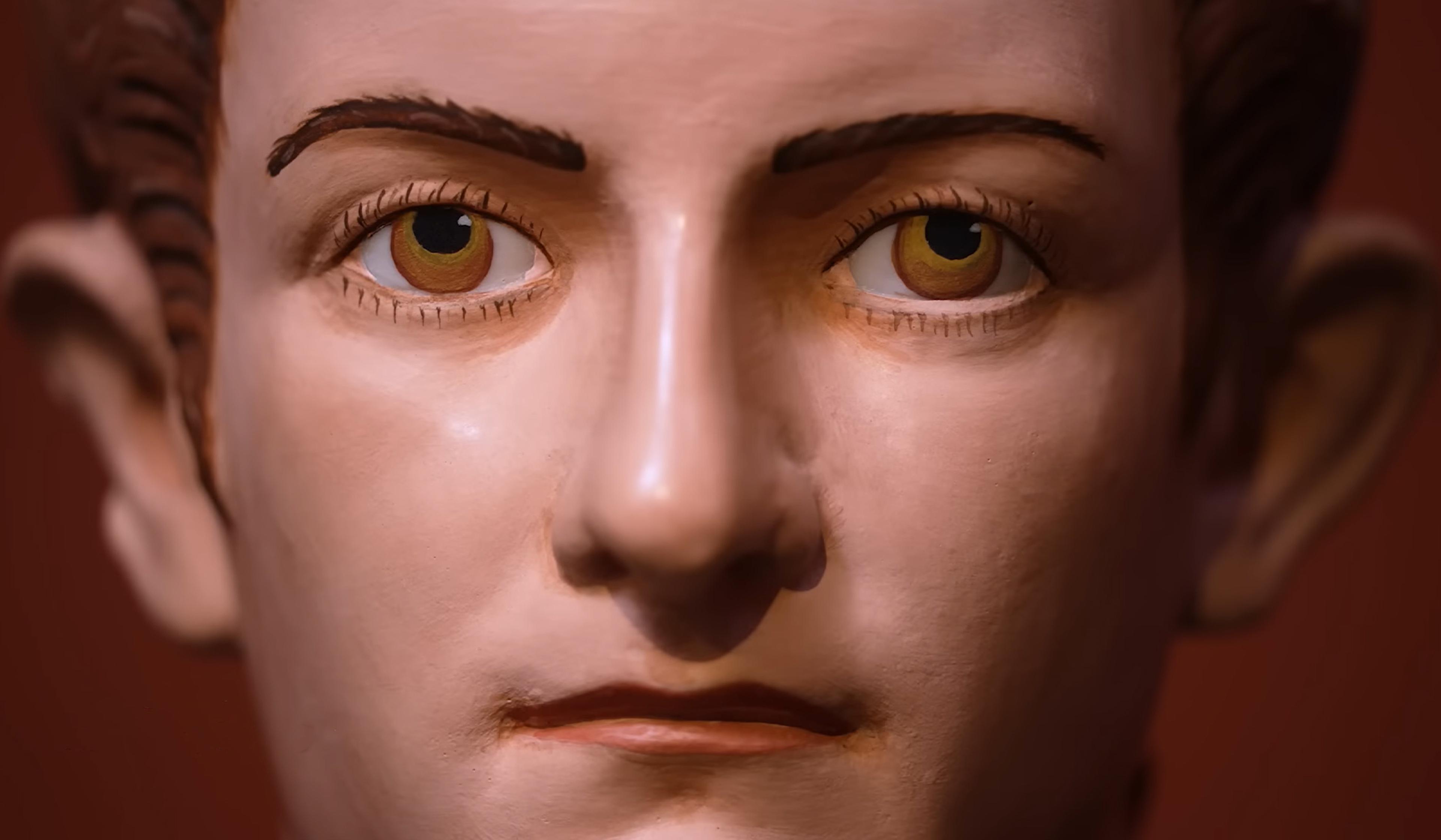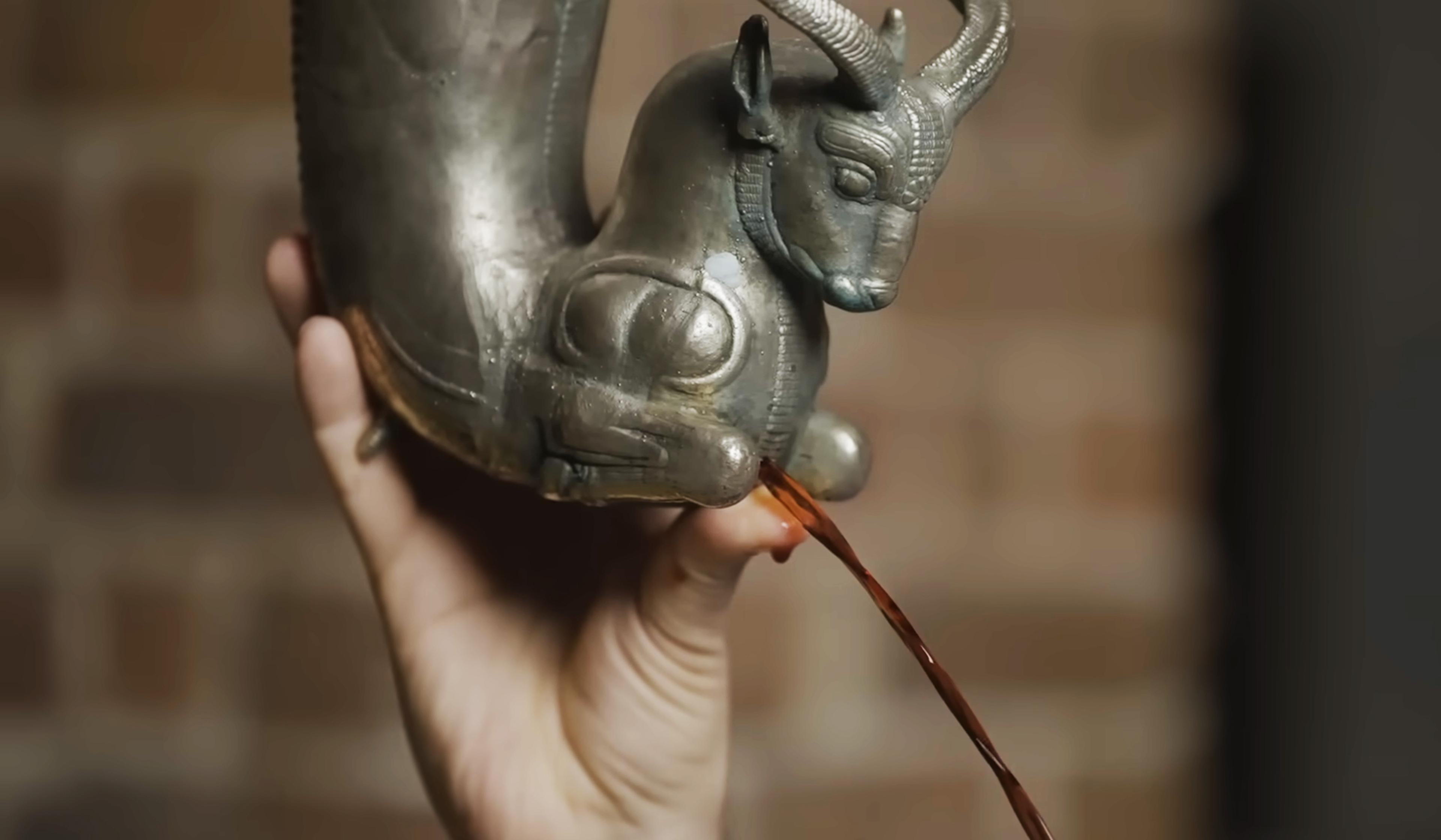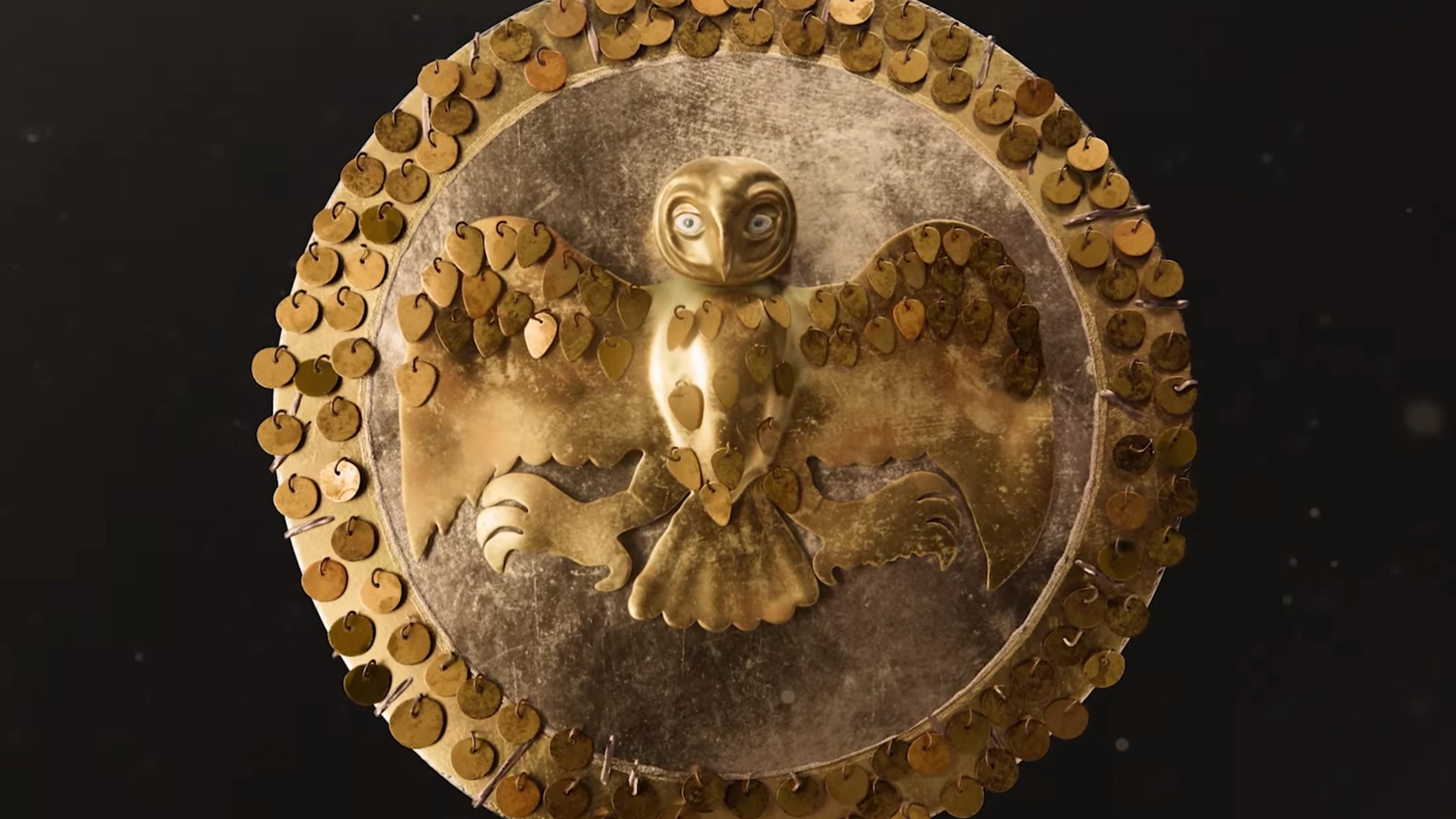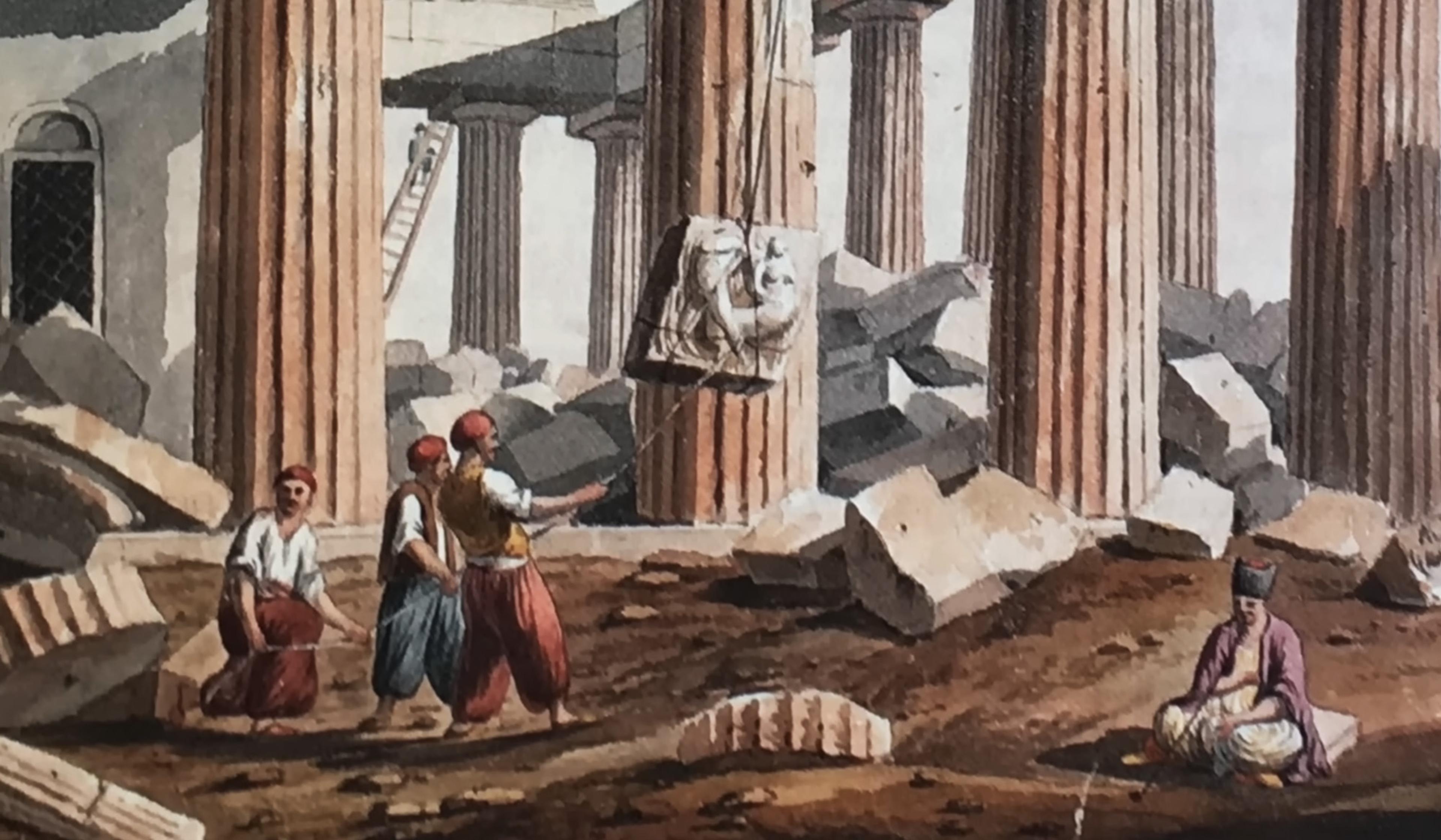The artifacts that underlie so much of our understanding of the ancient world can often feel like brittle remnants of a dim and dusty past that’s hard to access without context and extensive knowledge. But sometimes just a little kineticism can transform a bit of pottery into a living story. Such is the effect of this animation produced for an exhibition at the Ure Museum of Greek Archaeology at the University of Reading in the UK, which breathes life into war scenes from a vase found on the island of Euboea and thought to date to roughly 550 BCE. The story follows a spear-wielding hoplite (citizen-soldier in the infantry) as he moves through several stages of the wartime experience. After witnessing a ceremonial animal sacrifice performed by a priest, he departs for battle alongside his fellow soldiers, fights the enemy and creates a trophy from their discarded equipment to mark his side’s victory. Learn more about the video at the Panoply Vase Animation Project website.
Frozen for millennia, an ancient Greek soldier is freed to charge into battle once again

videoArchaeology
Ancient Greek sculptures were colourful. Why does the white marble ideal persist?
6 minutes

videoMusic
Music was ubiquitous in ancient Greece. Now we can hear how it actually sounded
16 minutes

videoThe ancient world
What wine vessels reveal about politics and luxury in ancient Athens and Persia
16 minutes

videoArchaeology
What’s an ancient Greek brick doing in a Sumerian city? An archeological investigation
16 minutes

videoWar and peace
The extraordinary craft and fascinating symbolism of a pre-Incan ceremonial shield
3 minutes

videoThe ancient world
Walk like a Roman in this digital reconstruction of the ancient city
9 minutes

videoWar and peace
‘Semper paratus’ – how the organisation of the Roman army made it always ready for war
3 minutes

videoGlobal history
The strange journey of the Parthenon Marbles to the British Museum
10 minutes

videoAnthropology
Stunning century-old footage of the Nile valley carries echoes from the ancient past
27 minutes